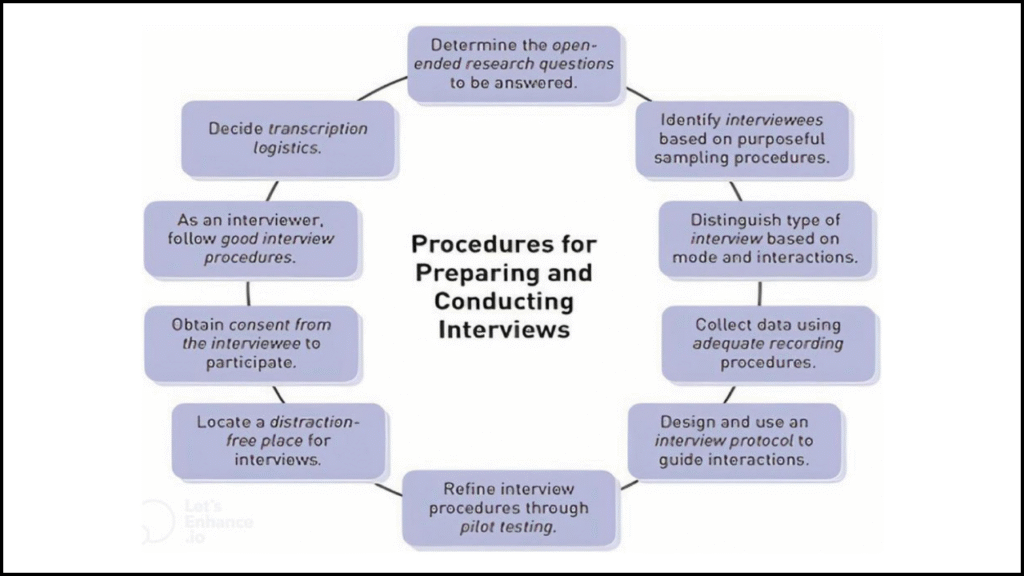
Education today is influenced strongly by digital technologies that are reshaping how students learn and interact with knowledge. Virtual robotics has emerged as a transformative approach that introduces young learners to problem-solving, programming, and critical thinking in an engaging way. The experience of eighth-grade students provides a valuable perspective on how this integration works in classrooms. Exposure to robotics not only enhances technical skills but also strengthens creativity and teamwork, making it an essential part of modern learning.
Table of Contents
Overview
| Aspect | Details |
|---|---|
| Target Group | Eighth-grade students (12–14 years old) |
| Technology Used | Virtual robotics platforms, coding simulators, and 3D design tools |
| Core Skills Developed | Problem-solving, collaboration, creativity, and programming logic |
| Educational Value | Strengthens STEM knowledge, builds real-world applications, fosters innovation |
| Challenges Faced | Access to resources, teacher training, and maintaining engagement |
| Future Potential | Integration with AI, gamification, and broader STEM curriculum inclusion |
Importance of Virtual Robotics in Education
- Practical Learning – Virtual robotics allows students to apply theories of science and mathematics in a realistic environment.
- Safe Experimentation – Learners can test designs and coding ideas in a risk-free simulation before moving to physical robots.
- Equal Opportunities – Schools without budgets for physical robotics kits can still provide learning experiences through virtual platforms.
- Motivation for STEM Careers – Early exposure to robotics inspires interest in future careers in technology and engineering.
- Problem-Solving Skills – Students develop the ability to troubleshoot issues systematically when programs fail to deliver expected outcomes.
Experience of Eighth-Grade Students
- Initial Engagement
- Students showed excitement at the idea of controlling robots virtually.
- First sessions often focused on familiarizing them with user interfaces and coding basics.
- Skill Acquisition
- Coding tasks helped improve logical thinking.
- Students reported feeling more confident in mathematics as they saw real applications of formulas.
- Collaboration and Teamwork
- Group activities encouraged peer-to-peer learning.
- Students learned to divide roles such as coding, design, and testing, making the experience similar to real project work.
- Creativity and Innovation
- Students experimented with unique robot designs and task solutions.
- Virtual robotics allowed customization that is sometimes difficult with physical kits.
- Challenges Encountered
- Some students struggled initially with programming syntax.
- Internet connectivity issues interrupted certain sessions.
- Lack of prior exposure to digital platforms made learning slower for a few learners.
Key Benefits Observed
| Area | Student Experience |
|---|---|
| Confidence | Students gained belief in their ability to solve technical problems independently. |
| Engagement | Virtual robotics activities captured attention longer compared to traditional lectures. |
| Collaboration | Team projects strengthened communication skills and peer support. |
| Practical Skills | Students connected coding and mathematics to real applications. |
| Innovation | Freedom to test multiple designs encouraged creative exploration. |
Comparison of Virtual vs. Physical Robotics
| Factor | Virtual Robotics | Physical Robotics |
|---|---|---|
| Accessibility | Requires only software and computers, affordable | Requires physical kits, higher cost |
| Safety | No risk of hardware damage | Risk of hardware failure or breakage |
| Flexibility | Allows unlimited trials and reset options | Limited by the availability of parts |
| Learning Curve | Easier for beginners with guided tutorials | More hands-on, but can be complex initially |
| Engagement | High engagement through gamification | Engagement depends on the availability of resources |
Student Perspectives and Reflections
- Positive Reactions
- Students expressed enjoyment in seeing the immediate results of their coding.
- Learners reported that challenges motivated them rather than discouraged them.
- Areas for Improvement
- Some requested more advanced modules once the basics were mastered.
- Students wanted competitions or project-based assessments to showcase their skills.
- Quotes from Reflections (Paraphrased for Originality)
- “Robotics makes learning math more exciting because I can see how formulas work.”
- “I like working with my friends to solve robot tasks; it feels like a real job.”
- “Sometimes the coding is hard, but it feels good when the robot finally works.”
Role of Teachers in Guiding Virtual Robotics
- Facilitation Rather than Instruction
- Teachers acted as mentors who guided exploration rather than giving direct answers.
- Encouragement of Inquiry
- Students were encouraged to ask questions and discover solutions independently.
- Balancing Curriculum
- Educators had to align robotics activities with existing curriculum standards.
- Professional Development Needs
- Many teachers require training to handle robotics platforms effectively.
Challenges in Implementation
| Challenge | Explanation |
|---|---|
| Infrastructure | Reliable internet and updated devices are essential but not always available. |
| Teacher Training | Many educators lack prior experience with robotics and coding. |
| Student Diversity | Different learning speeds make it hard to design a uniform program. |
| Assessment Methods | Traditional testing models do not fully capture skills developed in robotics. |
| Sustainability | Reliable internet and updated devices are essential, but not always available. |
Future Potential of Virtual Robotics
- Integration with Artificial Intelligence – Students could explore machine learning concepts within virtual robotics.
- Gamified Learning Modules – Competitions, leaderboards, and badges can increase motivation.
- Cross-Curricular Learning – Robotics can integrate science, mathematics, and even language arts through project storytelling.
- Global Collaboration – Virtual platforms allow classrooms from different countries to work on shared robotics projects.
- Preparation for Real-World Careers – Exposure at the eighth-grade level prepares students for advanced robotics and computer science pathways.
Moving Forward
Virtual robotics provides eighth-grade students with opportunities to engage in meaningful, skill-oriented learning that combines fun with education. Student experiences highlight the importance of curiosity, collaboration, and creativity in shaping effective learning outcomes. While challenges exist in infrastructure and training, the benefits clearly demonstrate the value of integrating robotics into the middle school curriculum. A strong foundation built at this stage not only improves STEM capabilities but also motivates learners to explore innovative paths in their future studies and careers.
Quick Answers
Q1: Why is virtual robotics useful for eighth-grade students?
Virtual robotics gives students early exposure to programming and engineering concepts in a safe, cost-effective, and engaging way.
Q2: Do students learn as effectively as with physical robots?
Yes, students learn coding logic and problem-solving effectively. However, physical robots provide more hands-on mechanical understanding. A balanced approach works best.
Q3: What skills do students gain from virtual robotics?
Students gain programming knowledge, problem-solving skills, creativity, teamwork, and confidence in applying STEM concepts.
Q4: What challenges might schools face in implementing virtual robotics?
Schools may face issues like a lack of resources, teacher training needs, infrastructure gaps, and difficulty in assessing non-traditional skills.





